Update Or Insert Laravel
Laravel is a popular PHP framework known for its simplicity and elegant syntax. It provides a wide range of functionalities to make web development easier and more efficient. One important aspect of web development is updating and inserting data into a database. In this article, we will explore the various techniques and best practices for performing updates and inserts in Laravel.
1. Introduction to Laravel updates and inserts
Updates and inserts are crucial operations in any web application. Updates involve modifying existing data in a database, while inserts involve adding new data. Laravel provides several approaches to handle these operations, including the Eloquent ORM, the Query Builder, and the use of migrations.
2. Updating data in Laravel using the Eloquent ORM
The Eloquent ORM is Laravel’s flagship ORM (Object-Relational Mapping) tool. It provides an intuitive and expressive syntax for interacting with the database. To update data using Eloquent, you first need to retrieve the record you want to update. Once you have the record, you can modify its attributes and call the `save()` method to persist the changes to the database.
For example, let’s say we have a `User` model and want to update the user’s email address:
“`
$user = User::find(1);
$user->email = ‘[email protected]’;
$user->save();
“`
3. Performing updates with the Query Builder in Laravel
The Query Builder is another powerful feature of Laravel that allows you to construct SQL queries programmatically. It offers a more flexible and fine-grained control over the database operations. To perform updates with the Query Builder, you can use the `update()` method, which takes an array of column-value pairs as its argument.
For instance, let’s update the email address of all users whose roles are ‘admin’:
“`
DB::table(‘users’)
->where(‘role’, ‘admin’)
->update([’email’ => ‘[email protected]’]);
“`
4. Utilizing Laravel migrations to update the database structure
Laravel migrations are a convenient way to manage database schema changes. Migrations allow you to define and modify database tables, columns, and indexes using PHP code. Laravel provides a simple and expressive syntax for defining migrations, making it easy to update the database structure alongside application code changes.
To create a new migration, you can use the `make:migration` Artisan command:
“`
php artisan make:migration add_phone_number_to_users
“`
You can then define the required changes in the generated migration file and run the migration using the `migrate` command:
“`
php artisan migrate
“`
5. Handling conditional updates in Laravel
Sometimes, you may want to update a record conditionally based on certain criteria. Laravel provides the `updateOrCreate()` method, which enables you to perform an update if a matching record exists, or create a new record if it doesn’t. This is useful when you want to avoid duplicating data in your database.
For example, let’s update the email address of a user if their username matches a specific value, or create a new user if no matching user is found:
“`
User::updateOrCreate(
[‘username’ => ‘john’],
[’email’ => ‘[email protected]’]
);
“`
6. Inserting new data into the database using Laravel’s Eloquent ORM
To insert new data into a database using Eloquent, you can create a new instance of the model class and set its attributes. Once you have set the attributes, you can call the `save()` method to persist the new record.
For instance, let’s create a new `User` record with the email address ‘[email protected]’:
“`
$user = new User;
$user->email = ‘[email protected]’;
$user->save();
“`
7. Using the Query Builder to insert data in Laravel
The Query Builder also provides a convenient way to insert data into the database. You can use the `insert()` method, which takes an array of column-value pairs representing the data to be inserted.
For example, let’s insert a new user with the email address ‘[email protected]’ into the `users` table:
“`
DB::table(‘users’)->insert([
’email’ => ‘[email protected]’,
]);
“`
8. Bulk data insertion in Laravel for improved performance
When dealing with large datasets, it is often more efficient to perform bulk data insertion instead of individual insertions. Laravel provides the `insert()` method, which can accept an array of arrays, allowing you to insert multiple records with a single query.
For example, let’s insert multiple users at once using bulk data insertion:
“`
$data = [
[’email’ => ‘[email protected]’],
[’email’ => ‘[email protected]’],
[’email’ => ‘[email protected]’],
];
DB::table(‘users’)->insert($data);
“`
9. Handling data validation and error handling during updates and inserts in Laravel
Data validation is an essential step to ensure the integrity and consistency of the data being updated or inserted. Laravel provides a robust validation system that allows you to define validation rules and automatically validate incoming data before performing updates or inserts.
You can use Laravel’s validation rules to check if the data meets the required criteria. If the validation fails, Laravel provides various error handling mechanisms to inform the user about the validation errors and take appropriate actions.
FAQs:
Q: What is the difference between updating with Eloquent and the Query Builder in Laravel?
A: Eloquent provides a more expressive and convenient syntax for updating individual records, while the Query Builder allows for more fine-grained control and flexibility in constructing SQL queries.
Q: Can I combine updates and inserts in a single operation?
A: Yes, you can use the `updateOrCreate()` method in Laravel to conditionally update an existing record or create a new one if it doesn’t exist.
Q: How can I handle data validation during updates and inserts in Laravel?
A: Laravel provides a robust validation system that allows you to define validation rules and automatically validate incoming data. You can use the `validate()` method or the `Validator` class to perform data validation.
Q: What is the advantage of using migrations in Laravel for database updates?
A: Migrations provide a convenient way to manage database schema changes alongside application code. They offer a clean and expressive syntax for defining and modifying database tables, columns, and indexes. Migrations also make it easy to roll back changes if needed.
Q: Can I insert multiple records at once in Laravel?
A: Yes, you can use the `insert()` method of the Query Builder or Eloquent to insert multiple records with a single query. This can greatly improve performance when dealing with large datasets.
In conclusion, Laravel offers various techniques and tools to handle updates and inserts in a database effectively. Whether you prefer the elegant syntax of Eloquent or the fine-grained control of the Query Builder, Laravel provides the flexibility and convenience to meet your needs. By utilizing migrations and following best practices for data validation, you can ensure the integrity and consistency of your data while building robust web applications.
Eloquent Upsert Vs Updateorcreate: Practical Demo
Keywords searched by users: update or insert laravel Update or create Laravel, Laravel insert or update multiple records, updateOrCreate Laravel, Upsert Laravel, findOrFail Laravel, Model update Laravel, Eloquent Laravel, update() laravel
Categories: Top 30 Update Or Insert Laravel
See more here: nhanvietluanvan.com
Update Or Create Laravel
Laravel, a PHP framework, has gained immense popularity in the web development community. With its elegant syntax and powerful features, it provides developers with a smooth development experience. Whether you are planning to update your existing Laravel application or thinking of creating a new one, this article will guide you through the process, covering everything from the latest updates to essential tips and best practices.
Updating Laravel:
Before diving into the process of updating Laravel, it is crucial to ensure you have a backup of your existing codebase. This ensures that any unexpected issues or conflicts can be easily resolved by reverting to the backup version. Once you have a backup in place, follow these steps to update your Laravel application:
1. Update Composer:
The first step is to update Composer, a dependency management tool used by Laravel. Open your terminal and run the following command:
“`
composer self-update
“`
Next, navigate to your project directory and run the following command:
“`
composer update
“`
This command will update all the dependencies of your Laravel application to their latest compatible versions.
2. Update Laravel:
To update Laravel itself, you need to modify the `composer.json` file. Look for the `”laravel/framework”` line and update the version according to the Laravel documentation. Once done, run the following command in your terminal:
“`
composer update
“`
This command will download and install the latest version of Laravel specified in the `composer.json` file.
3. Update Environment Configuration:
After updating Laravel, it is essential to check and update your environment configuration files (`env` files). These files contain sensitive information, such as database credentials, API keys, etc. Ensure that you backup your environment configuration files and update them to match the latest requirements of the updated Laravel version.
4. Test Your Application:
Once everything is updated, it is crucial to thoroughly test your application to ensure it functions as expected. Perform extensive functional and regression testing to identify any issues or bugs caused by the update. This step is critical to ensure a smooth user experience and maintain the stability of your application.
Creating a Laravel Application:
If you are starting from scratch and want to create a Laravel application, follow these steps:
1. Installation:
First, you need to install Laravel on your development environment. Open your terminal and run the following command:
“`
composer create-project –prefer-dist laravel/laravel your-app-name
“`
Replace `your-app-name` with the desired name for your application. This command will install Laravel and all its dependencies in a new directory with the specified name.
2. Configuration:
After installation, navigate to your application’s directory using the terminal and run the following command:
“`
php artisan key:generate
“`
This command generates a unique application key used for encrypting session data, among other things. Laravel will automatically generate a key and update the appropriate configuration files.
3. Setup Database:
To configure your database, open the `.env` file in the root directory of your Laravel application and update the `DB_` variables according to your database setup. Once done, run the following command to create the necessary tables in your database:
“`
php artisan migrate
“`
4. Basic Routing and Views:
Laravel follows the Model-View-Controller (MVC) architectural pattern. Start building your application by defining routes in the `routes/web.php` file. Then, create respective views and controllers for your routes to handle request/response logic and display the necessary data. Laravel’s documentation provides detailed guidance on setting up routes, views, and controllers.
FAQs:
Q: Can I update Laravel directly without updating the dependencies?
A: While it may be technically possible to update Laravel without updating dependencies, it is highly recommended to update all dependencies as well. This ensures compatibility and avoids potential conflicts or compatibility issues.
Q: How often does Laravel release updates?
A: Laravel follows a regular release cycle, typically releasing a new version every six months. Major releases introduce significant new features, while minor versions focus on bug fixes and improvements.
Q: What are the advantages of using Laravel?
A: Laravel offers numerous advantages, including a robust routing system, built-in authentication and authorization mechanisms, expressive migration tools, powerful ORM (Eloquent), and dynamic dependency injection, among others. It also promotes secure coding practices and follows modern design patterns.
Q: Can I use Laravel for large-scale enterprise applications?
A: Absolutely! Laravel provides all the necessary tools and features to build large-scale enterprise applications. It leverages advanced caching techniques, queueing systems, and optimized database access to ensure high performance and scalability.
In conclusion, updating or creating a Laravel application requires following a set of well-defined steps. Keeping your Laravel application up-to-date ensures compatibility and security, while creating a new application allows you to leverage the features and benefits Laravel provides out of the box. By following the guidelines outlined in this article, you can confidently update your existing Laravel project or create a new one that adheres to best practices and ensures a seamless development experience.
Laravel Insert Or Update Multiple Records
Handling multiple records in database operations efficiently is a common requirement for web developers. In Laravel, a popular PHP framework, there are various approaches to insert or update multiple records in a database table. This article will explore these methods and provide insights on when and how to use them effectively.
Understanding the Concept of “Mass” Operations
Before diving into the specifics of Laravel’s multiple records operations, it is crucial to grasp the concept of “mass” operations. Typically, when developers interact with a database, they perform operations on individual records, such as inserting or updating one row at a time. However, in scenarios where dealing with a large number of records, performing individual operations becomes inefficient. Laravel facilitates mass operations by allowing developers to insert or update multiple records in a single shot, improving performance significantly.
1. Basic Insertion or Update – “Insert or Update”
Laravel’s “insert or update” method simplifies the task of managing multiple records. With this approach, you can pass an array of records to the `updateOrCreate` method, specifying the unique identifier column to determine whether to insert or update. This method automatically checks if the records already exist based on the identifier column and either inserts new records or updates existing ones.
“`php
App\Model::updateOrCreate(
[‘identifier_column’ => ‘unique_identifier_value’],
[
‘column1’ => ‘value1’,
‘column2’ => ‘value2’,
…
]
);
“`
2. Batch Insertion – “Insert”
In situations where you need to insert a significant number of records at once, using the `insert` method is the most efficient way. It allows you to pass an array of records directly to the `insert` method, eliminating the need for loop iterations.
“`php
App\Model::insert([
[‘column1’ => ‘value1’, ‘column2’ => ‘value2’, … ],
[‘column1’ => ‘value3’, ‘column2’ => ‘value4’, … ],
…
]);
“`
Tip: Be cautious when using batch insertion with a large number of records, as it may consume a significant amount of memory. Consider splitting the records into smaller chunks to prevent memory-related issues.
3. Mass Update – “Update”
Laravel’s “update” method enables you to update multiple records with a single query, avoiding the overhead of multiple individual update statements. By specifying the desired updates using an array, you can apply changes to multiple rows in a table based on a certain condition.
“`php
App\Model::where(‘column’, ‘value’)
->update([‘column1’ => ‘new_value1’, ‘column2’ => ‘new_value2’, …]);
“`
This method allows you to perform various conditions, such as applying the update based on a range of values or applying updates only on specific records meeting a certain criterion, giving you greater control over the mass update operation.
FAQs:
1. Is it possible to combine insert and update operations in a single query?
Yes, Laravel’s “upsert” feature allows combining the insert and update operations in a single query. The `upsert` method takes an array of records and a unique key column to determine whether to insert new records or update existing ones.
2. Can I update multiple records based on a specific condition in a single query?
Yes, Laravel’s `update` method allows you to update multiple records based on specific conditions in a single query. By utilizing powerful query builder methods like `where`, you can specify the condition and apply the desired updates to multiple rows accordingly.
3. Is there a limit to the number of records that can be inserted or updated using mass operations?
Laravel itself does not impose any specific limit on the number of records that can be inserted or updated using mass operations. However, it is important to consider the limitations of your database management system and server resources. Extremely large operations might impact performance or cause memory-related issues. It is recommended to chunk your records or perform the operations in smaller batches to optimize performance.
4. Are mass operations safe from SQL injection attacks?
Yes, Laravel’s query builder automatically escapes query parameters, making mass operations safe from SQL injection attacks. Be sure to utilize Laravel’s query builder methods instead of directly concatenating user input in SQL queries to ensure the security of your application.
Conclusion
Efficiently handling multiple records in database operations is essential for web developers, and Laravel provides various approaches to achieve this. By utilizing methods like “insert or update,” “insert,” and “update,” you can optimize the performance of your application when dealing with bulk data operations. Understanding these techniques and knowing when to apply them can greatly enhance the efficiency and reliability of your Laravel-based projects.
Images related to the topic update or insert laravel

Found 32 images related to update or insert laravel theme








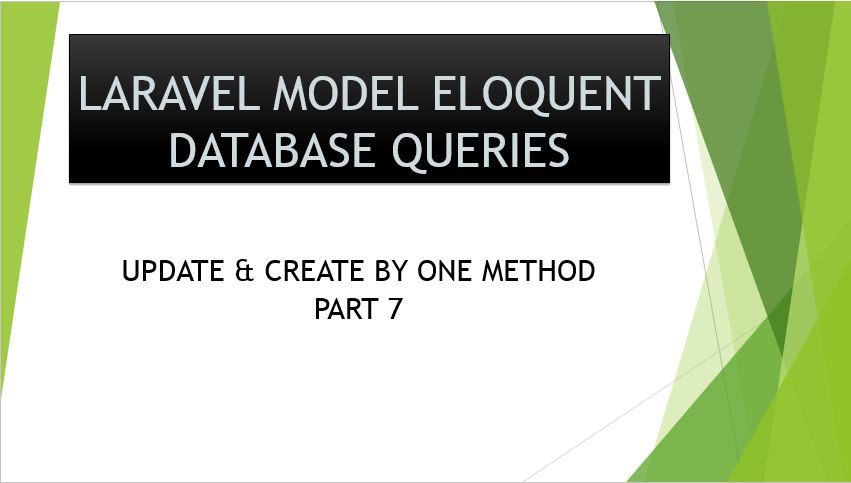





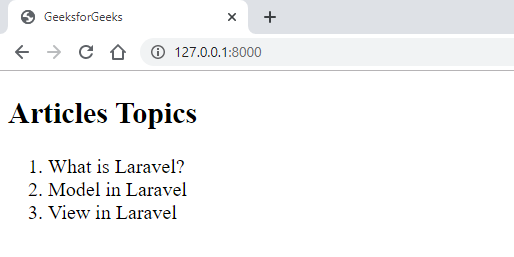
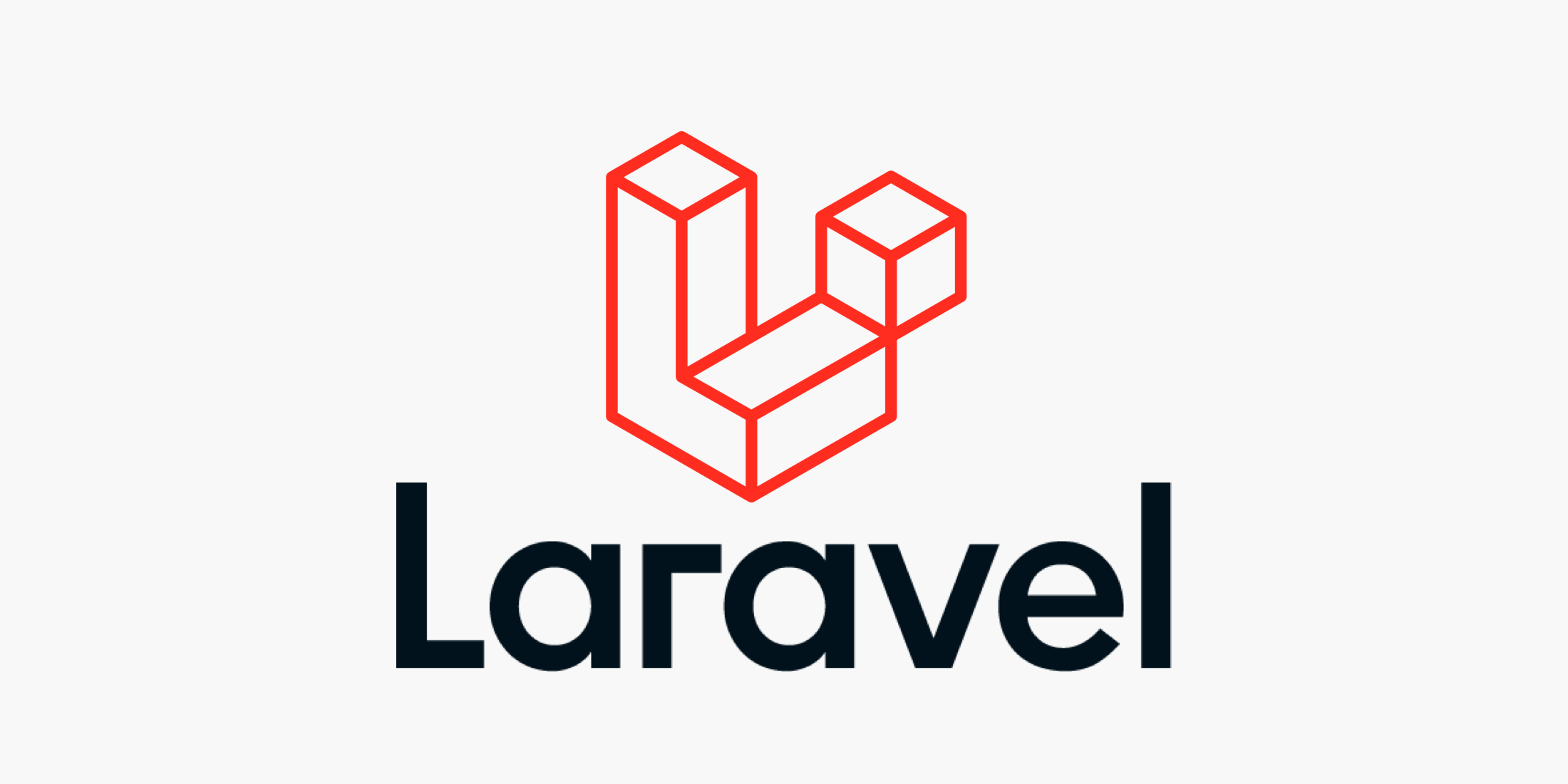






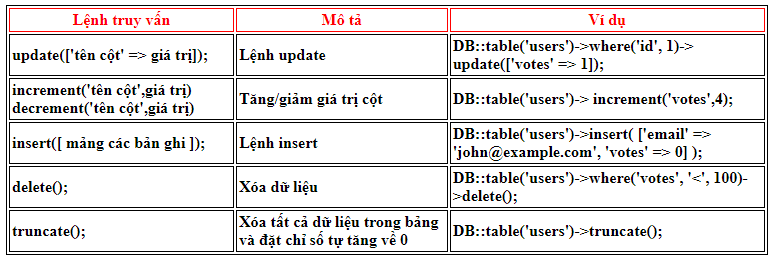


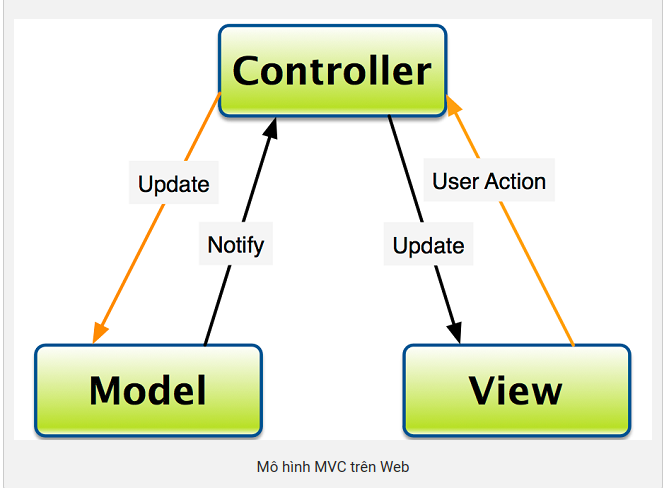






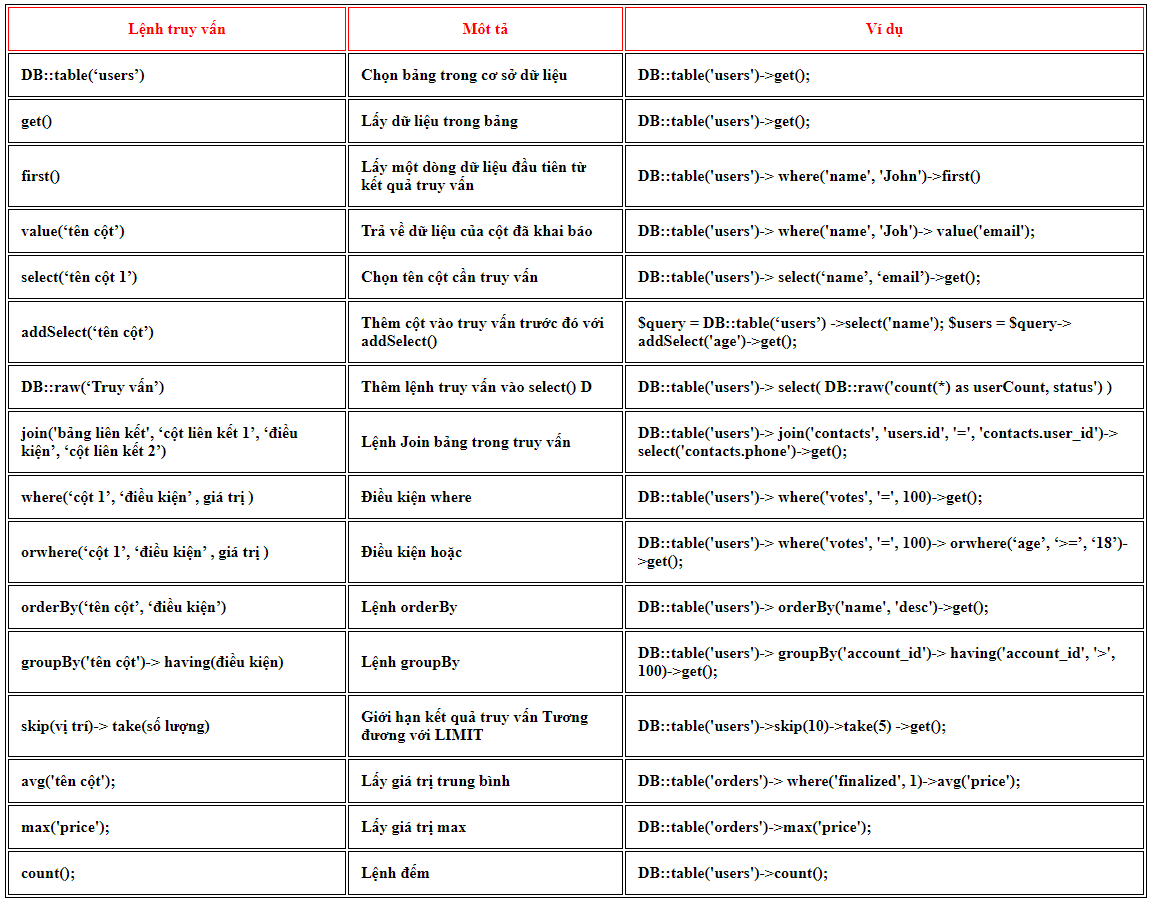
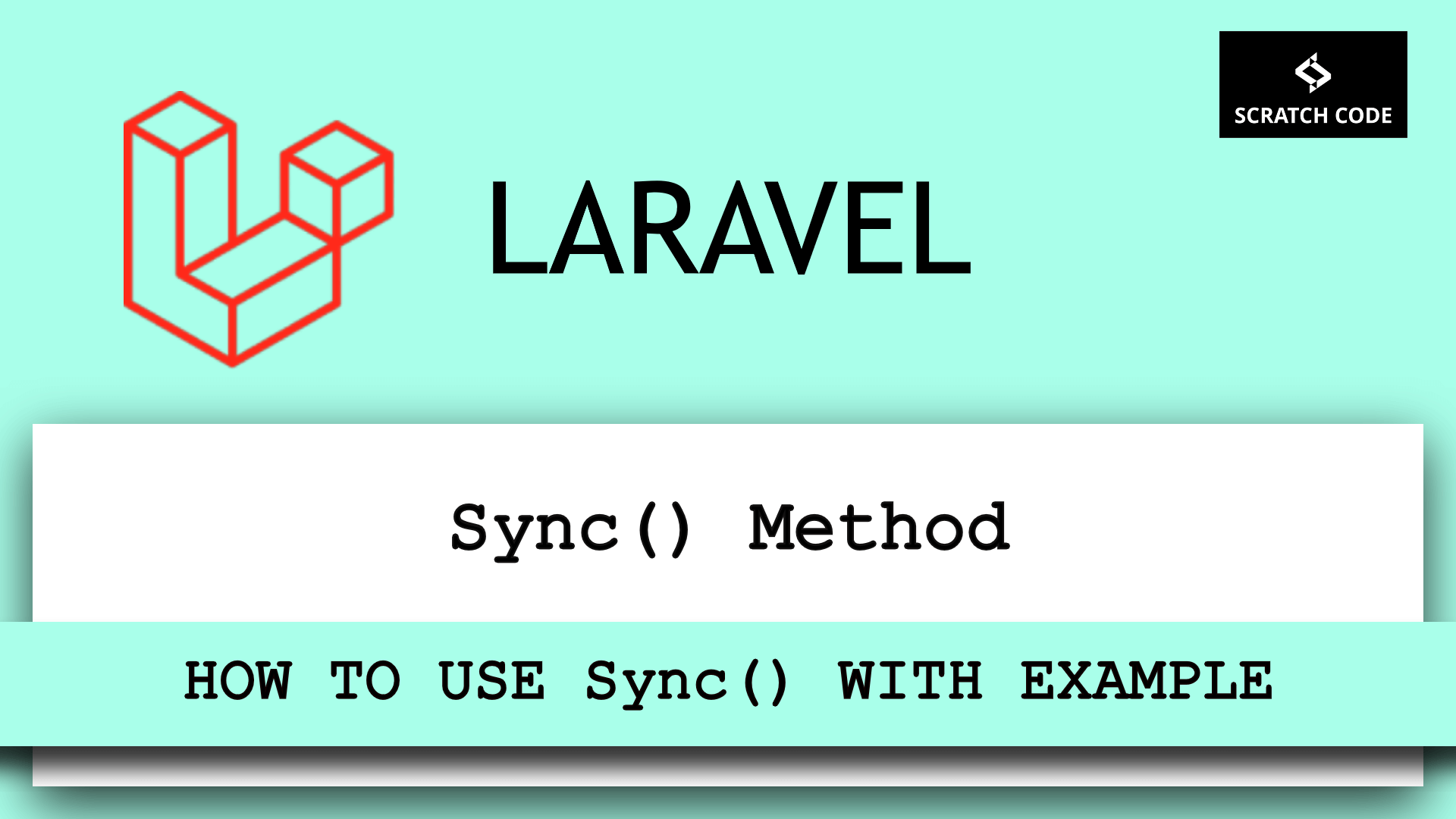


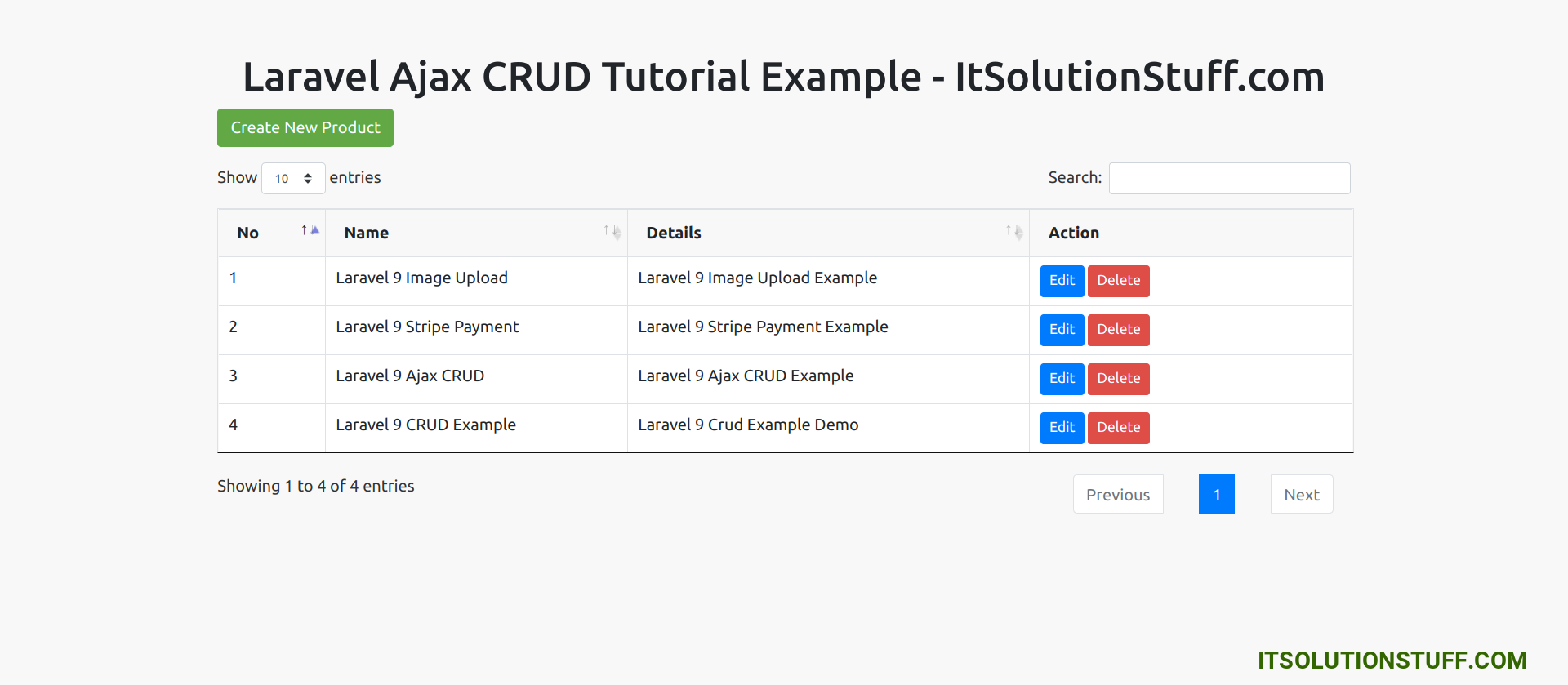

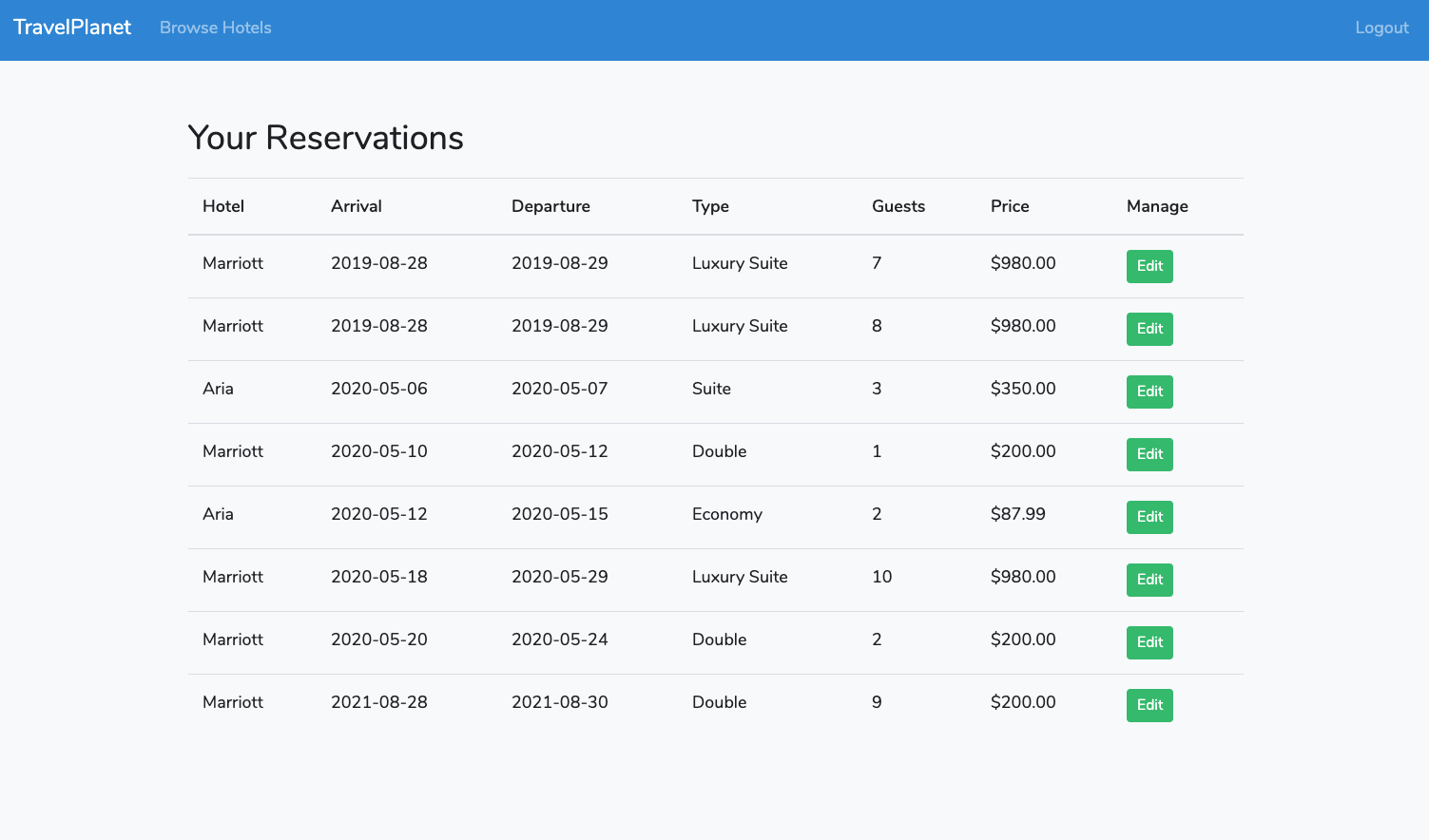
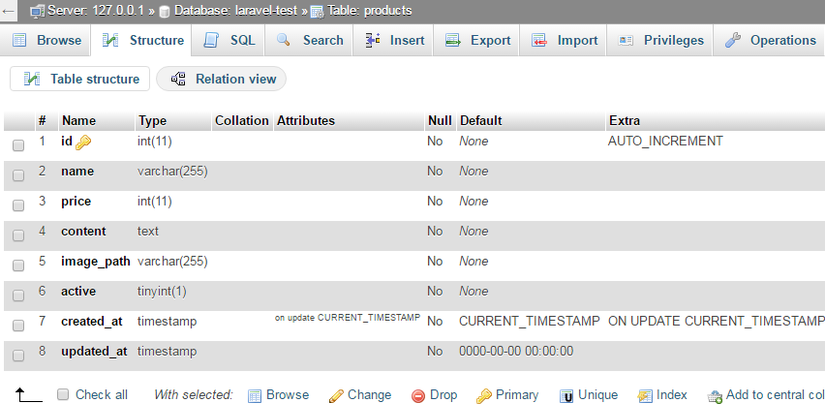








Article link: update or insert laravel.
Learn more about the topic update or insert laravel.
- How to use updateOrInsert() in Laravel – Educative.io
- Creating and Update Laravel Eloquent – php – Stack Overflow
- Eloquent: Getting Started – Laravel – The PHP Framework For …
- Inserting if record not exist, updating if exist – Laracasts
- How to create and update Laravel Eloquent – Tutorialspoint
- How to update and insert data by one method in laravel query
- Laravel Query Builder – Insert, Update and Delete Statements
- Laravel firstOrNew, firstOrCreate, firstOr, and updateOrCreate …
See more: https://nhanvietluanvan.com/luat-hoc